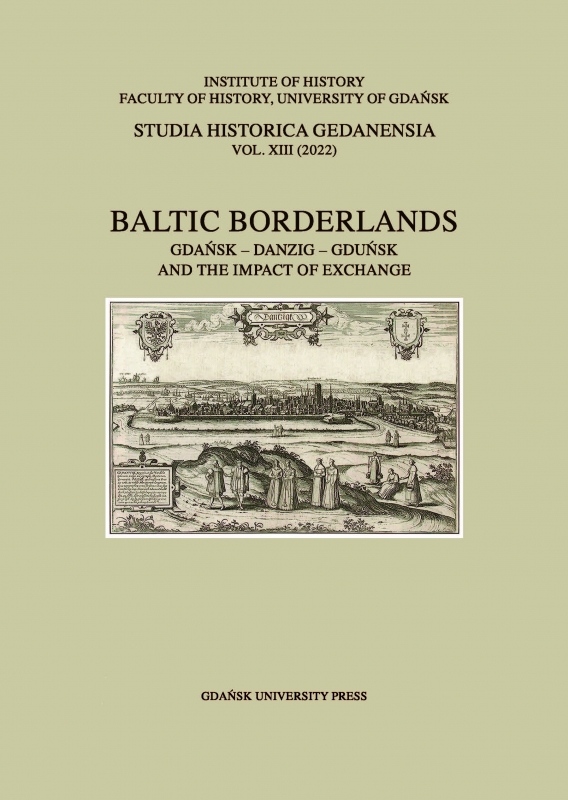Russian Expansion in the Baltic in the 18th Century
Russian Expansion in the Baltic in the 18th Century
Author(s): Arkadiusz JanickiSubject(s): History, Local History / Microhistory, Modern Age, 18th Century
Published by: Wydawnictwo Uniwersytetu Jagiellońskiego
Keywords: The Baltic Sea; Peter I; Catherine II; Russia in the 18th century; the Northern War; Russian/Swedish wars
Summary/Abstract: Russia’s expansion in the Baltic region in the 18th century was neither an obvious nor historically justified direction. It was Peter I who abandoned the expansion to the south and east in favor of the west. The rise of Russia’s power on the Baltic was linked to the decline in importance of the 17th‑century powers blocking its path to Europe: Sweden, the Polish‑Lithuanian Commonwealth, and the Ottoman Empire. When Peter I the Great took power Russia had no access to either the Baltic Sea, the Black Sea or the Sea of Azov. However, thanks to Peter I’s consistent policy and the actions of subsequent Russian rulers, during the 18th century Russia not only gained access to the Baltic Sea, but also conquered several strategically important ports and became the largest naval power in that area. A symbolic confirmation of the change in the direction of Russian policy in the 18th century can be the transfer of the capital of the state from Moscow to St. Petersburg in 1712. St. Petersburg was a “window on Europe”for Russia and the wide access to the Baltic Sea enabled Russia to influence the fate of the whole of Europe. This article tries to identify the most crucial moments and events that determined the success of Russian policy on the Baltic in the 18th century.
Journal: Studia Historica Gedanensia
- Issue Year: 2022
- Issue No: 13
- Page Range: 91-109
- Page Count: 19
- Language: English

